Sell it to me in a sentence…
The Lunaz Upcycled Electric Vehicle (UEV) is a converted zero-emission bin lorry from a firm best known until now for converting ultra-posh Rolls-Royce, Bentley and Jaguars to electric power.
From Bentleys to bins? Come on, you’re talking rubbish now…
Rubbish? Quite the opposite: we’re all being encouraged to reduce, reuse and recycle – and the Lunaz UEV applies those ‘three Rs’ to the machines that picks up your empties.
At the moment, collecting rubbish and recycling is dirty and smelly work – and not just because it involves a load of, well, rubbish. Most bin lorries in use today are big, heavy, diesel-powered vehicles, which are good for providing the power to pick up your leftovers but create problems of their own.
They’re quite loud for one thing, as you might well know if your bins are collected early. But, more significantly, they’re not great when it comes to emissions. Essentially, the use case of a bin lorry is really not suited to diesel powertrains: they make slow journeys through often in dense residential areas, with frequent stops and starts.
Studies have shown that idling vehicles produce more emissions than when a vehicle is moving – and those emissions are more likely to stay in that area. And it doesn’t help that the lifts on most bin lorries are actually powered by their Diesel engines, burning extra fuel and creating further emissions.
Change is needed, and there is increasing national and local government emphasis on reducing emissions – look at the rising number of Clean Air Zones, or the UK government’s planned ban on the sale of all non zero-emission cars and vans from 2035 onwards.
As a result, many councils and waste firm operators have pledged to switch to zero-emission machines in the coming years – including electric bin lorries. There are some new ones coming to the market: for example, the Mercedes Econic is a particularly popular bin lorry in Europe, and the firm now offers an eEconic (and yes, the double e in its title makes us wince a bit too).
Subscribe to the Move Electric newsletter
But new electric vehicles have problems of their own: manufacturing a bin lorry produces a significant amount of emissions in itself. So Lunaz’s idea is to take an existing vehicle and fit an electric powertrains, while also giving it a thorough makeover.

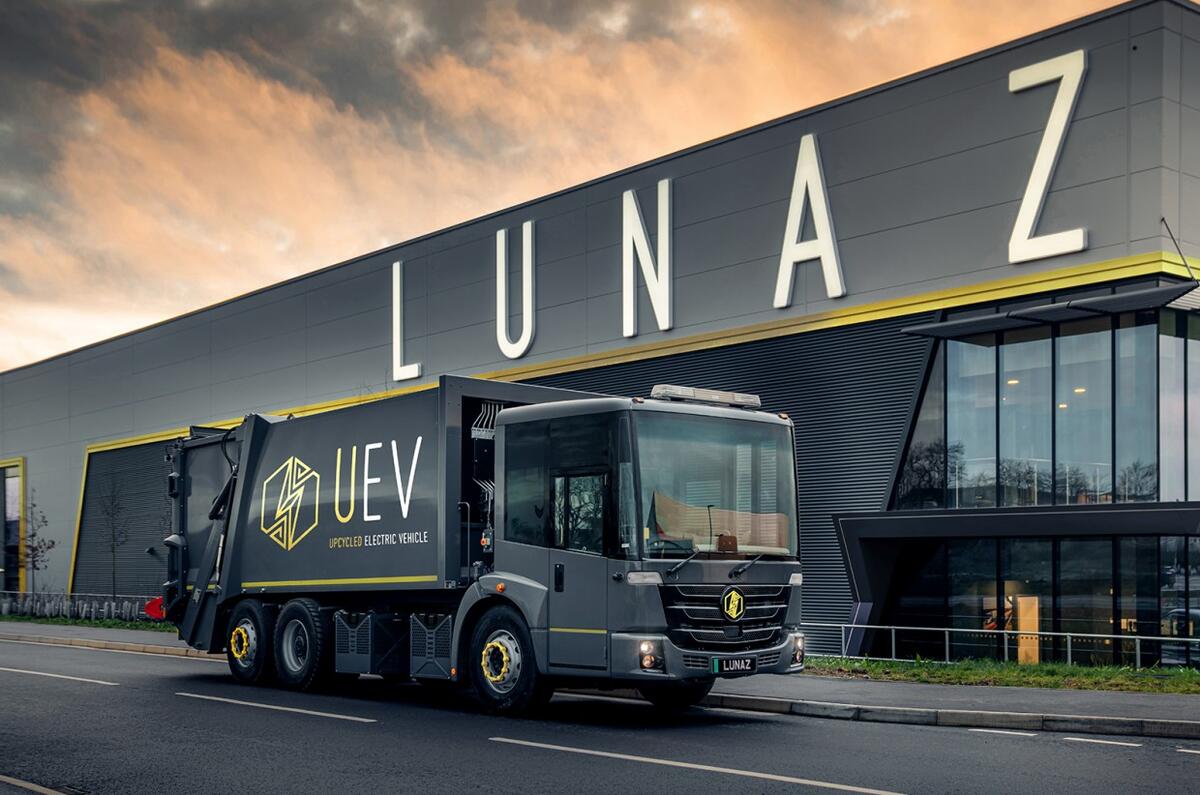
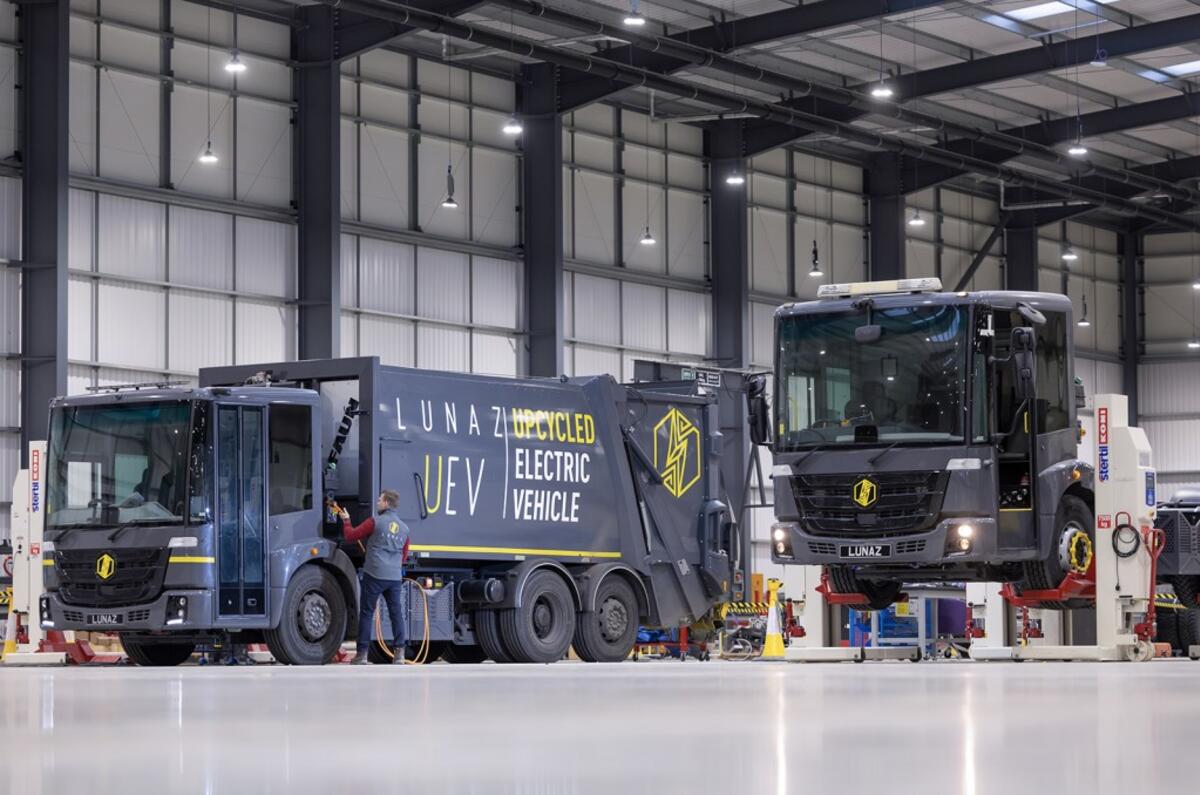
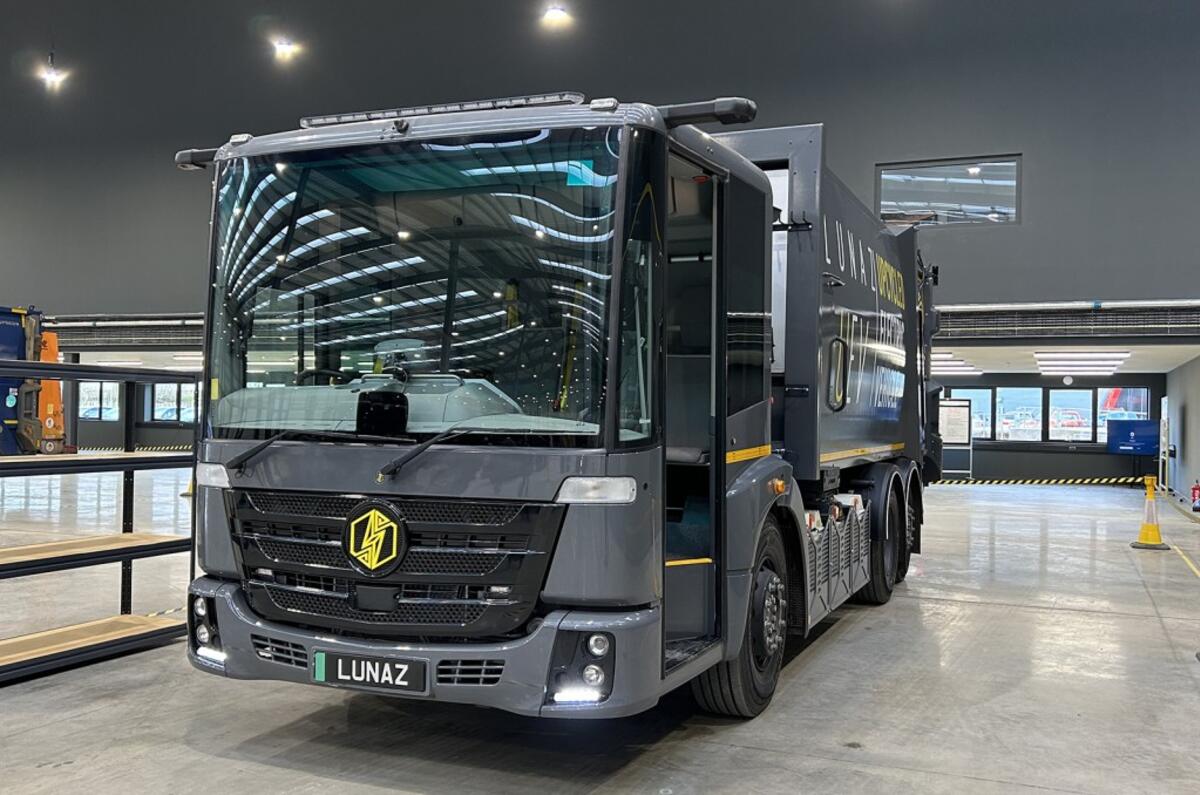


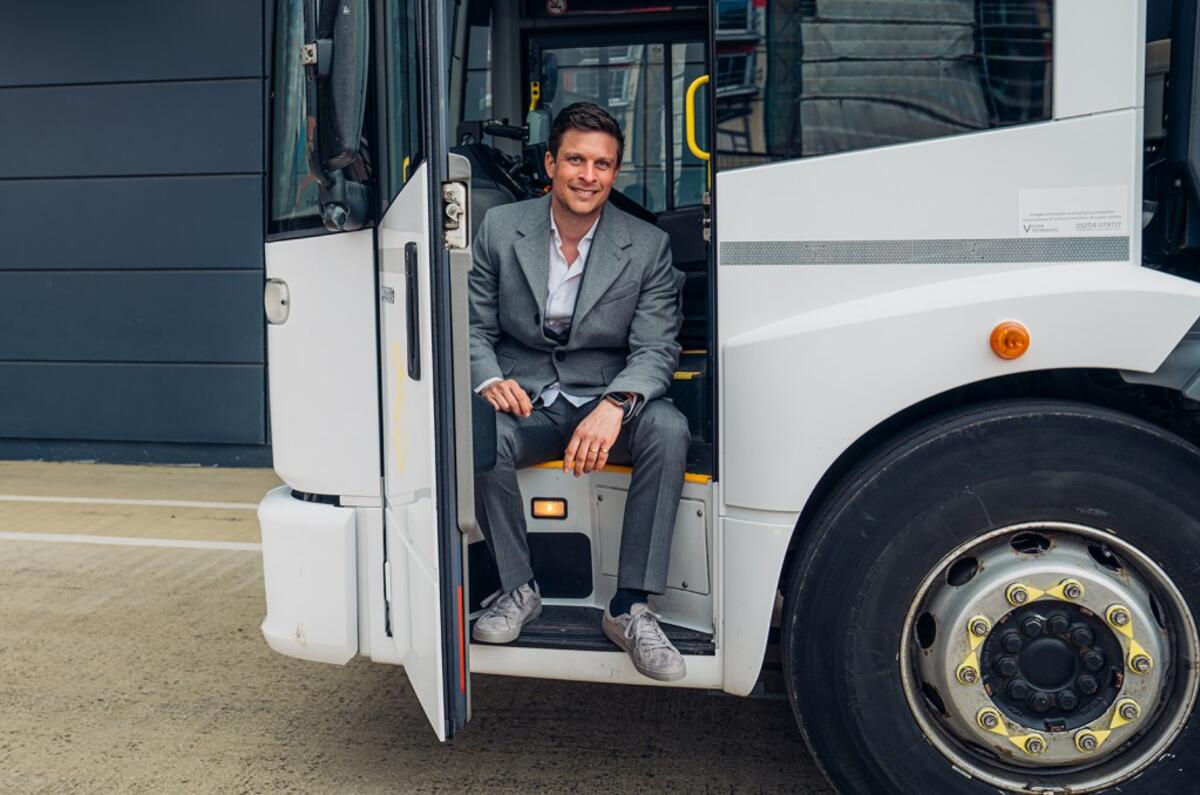
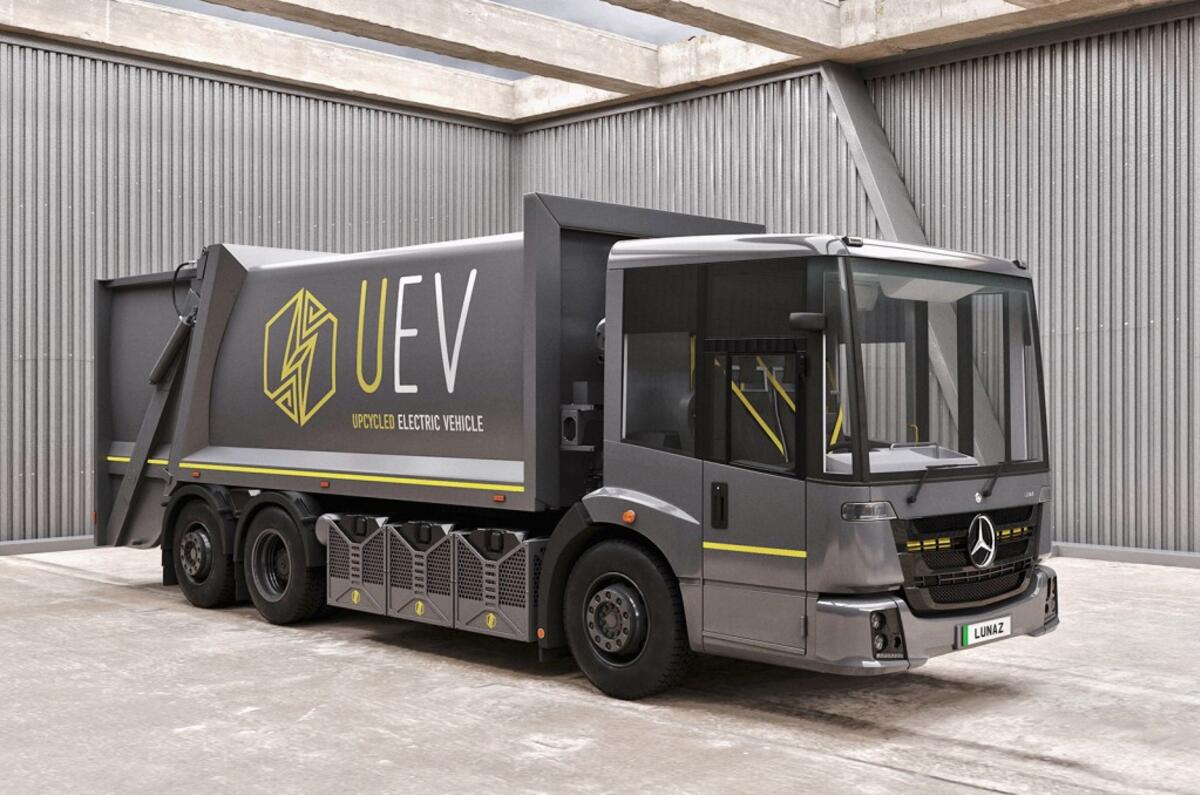

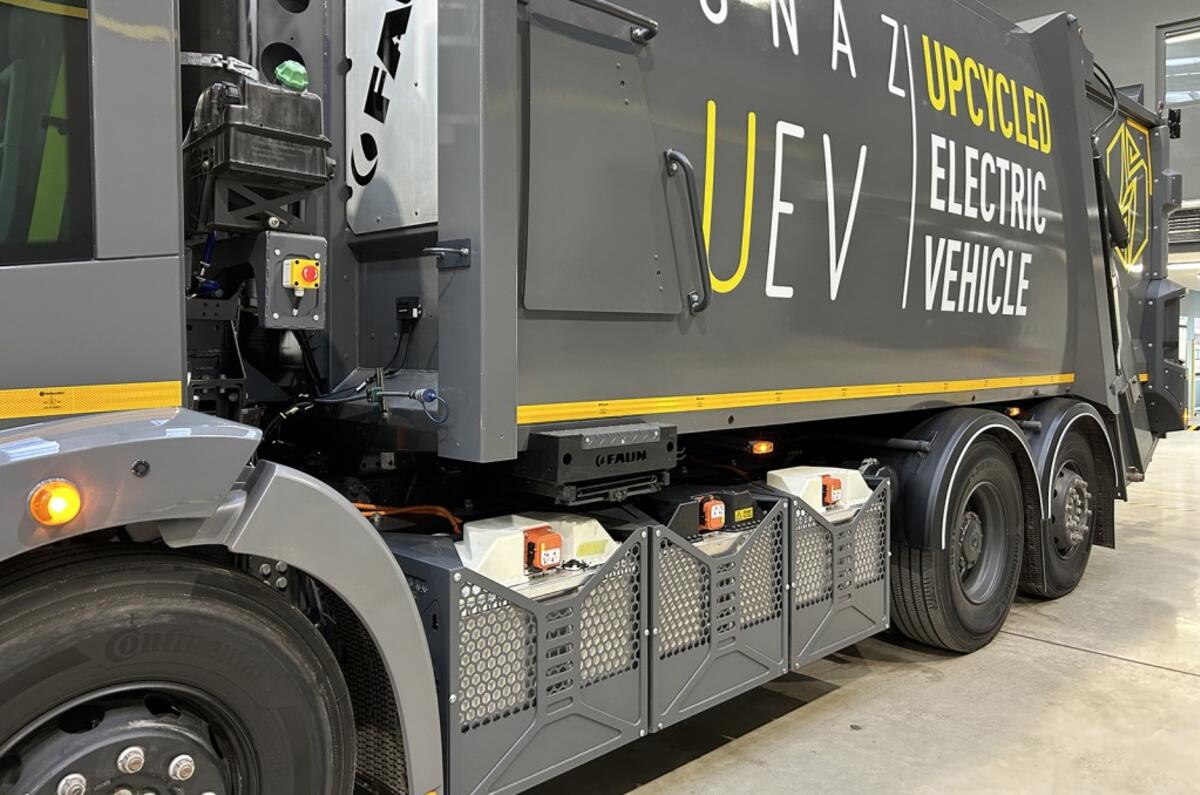
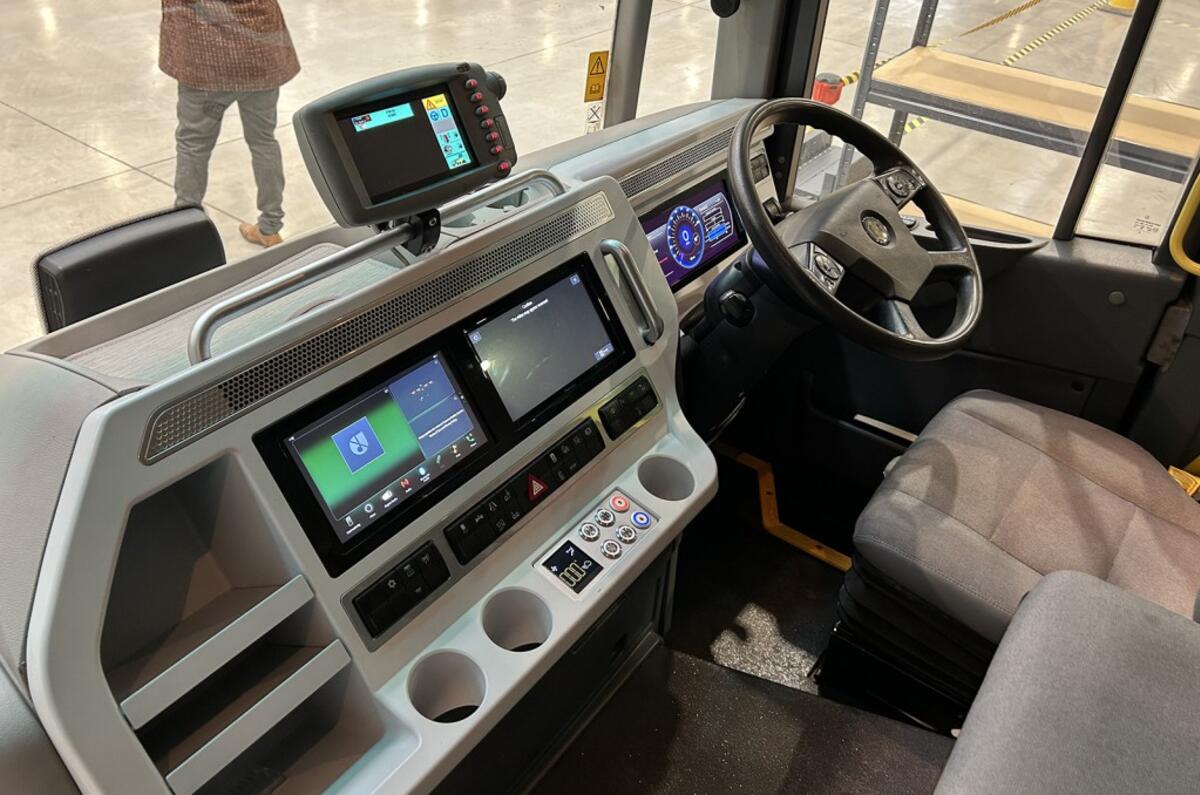
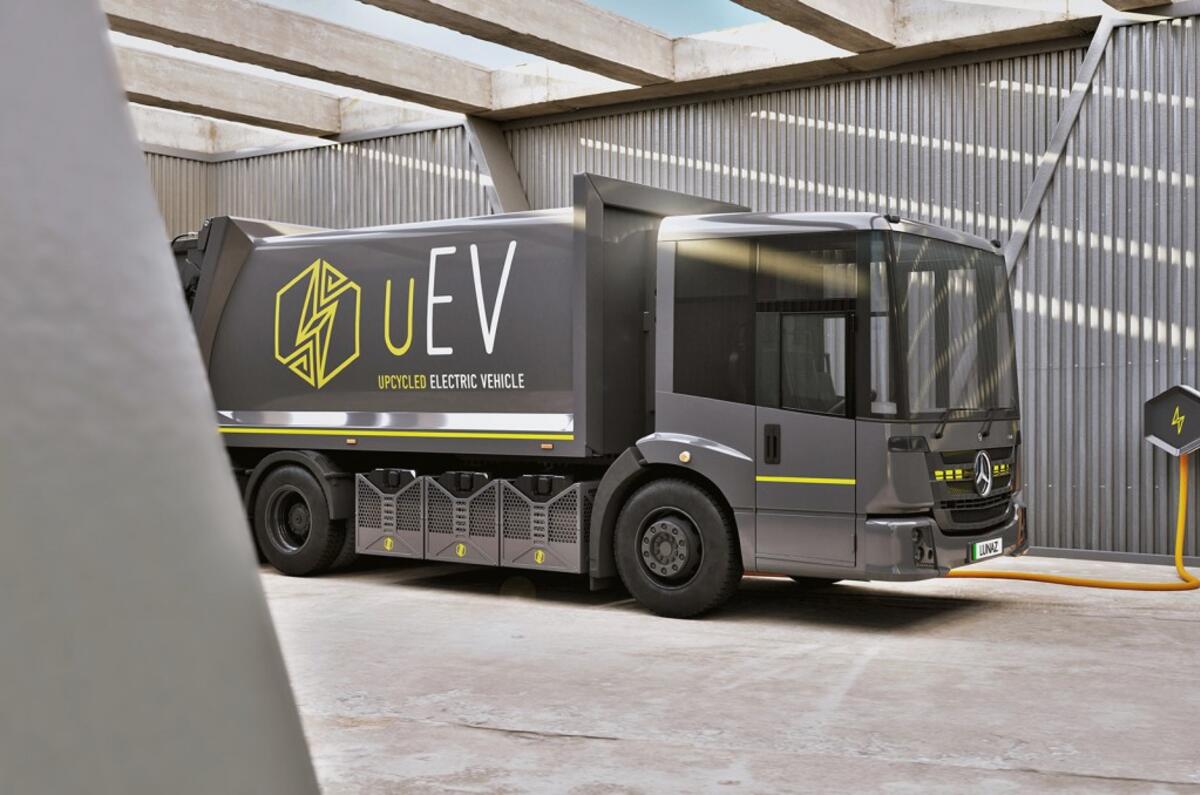
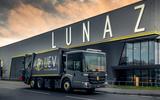





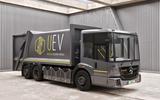
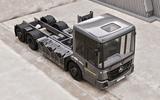


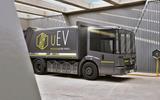




Join the debate
Add your comment
Just start making over $600 a day from your timeshare home. I made $18,781 from this job in my spare time after college. easy work and his steady income is amazing. No skills are required for this job. All you need to know is how to copy and paste items online. Sign up today by following the details on this page. Here is I started.…… www.jobsrevenue.com
Great!, now, if we could only educate householders to out the right rubbish in the right bins, glass collection is the noisiest by far, as for a more social time to empty the bins, I don't think half eight is too early, sooner have it then than the afternoon.
Excellent concept electrifying and refurbishing dustcarts must be a much bigger market that doing the same to classic cars, the speed of the conversion means that the vehicle will be back on the road in under three weeks. If this works I'd imagine that councils and other waste management companies will be beating a path to their doors